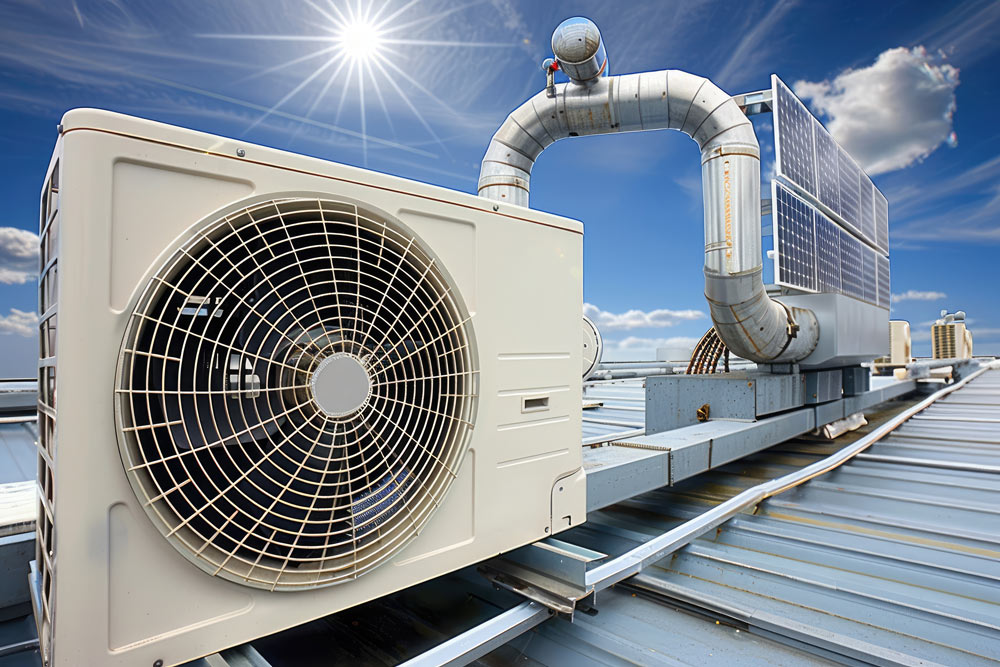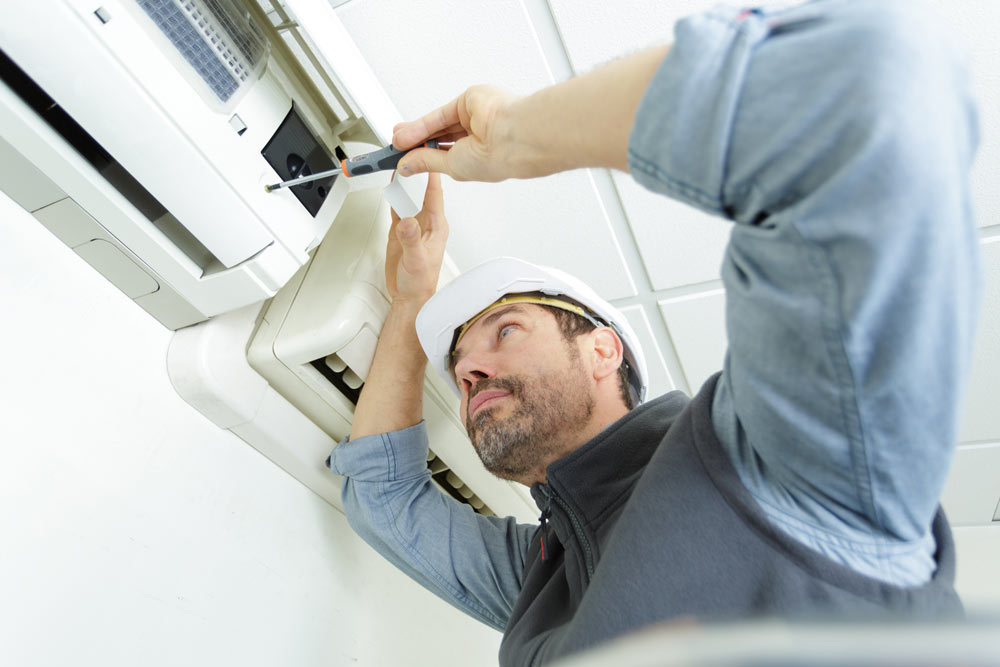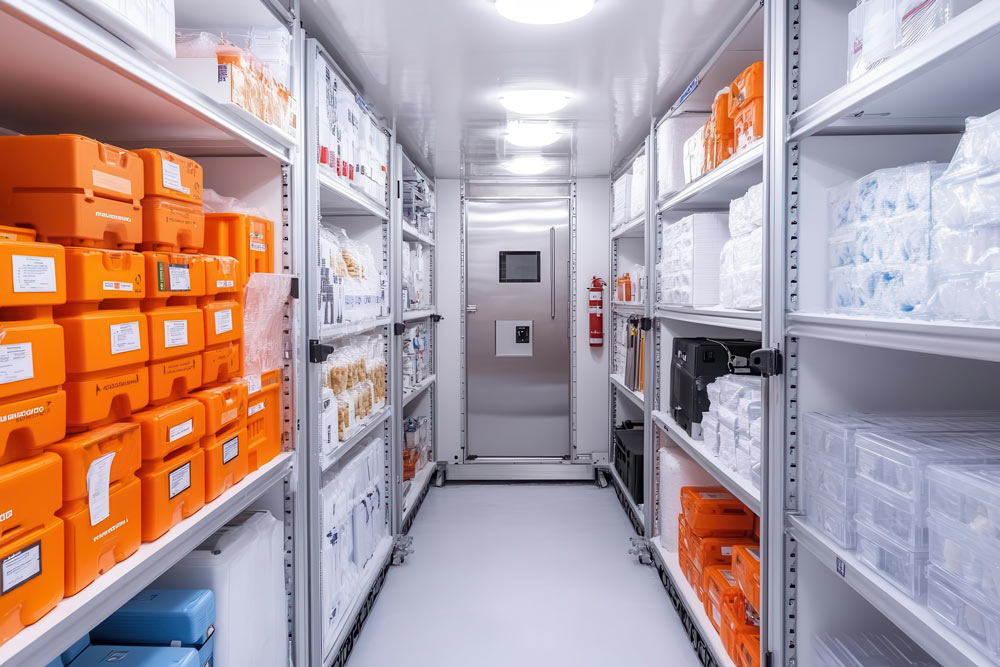For many businesses, air conditioning is an essential part of daily operations, ensuring a comfortable environment for employees, customers, and equipment. However, commercial AC systems can be a significant expense, especially if they are not optimized for efficiency. High energy consumption not only leads to inflated utility bills but also increases wear and tear, reducing the lifespan of the system.
By implementing energy-saving strategies and proper maintenance routines, businesses can significantly cut their AC running costs while maintaining optimal indoor temperatures. In this guide, we will explore practical and effective ways to reduce commercial AC expenses without compromising performance.
1. Invest in Energy-Efficient AC Systems
Upgrading to a high-efficiency air conditioning system can lead to substantial long-term savings. Modern AC units are designed to use less energy while providing superior cooling performance.
Features of Energy-Efficient AC Systems:
- Inverter Technology: Adjusts compressor speed based on demand, reducing energy waste.
- Variable Refrigerant Flow (VRF) Systems: Offers precise temperature control for different areas.
- High SEER Ratings: Seasonal Energy Efficiency Ratio (SEER) measures efficiency; the higher the rating, the better the performance.
- Smart Controls: Allows remote monitoring and automated adjustments for optimized efficiency.
Estimated Savings:
Upgrading from an older system to a high-efficiency AC can reduce energy consumption by 20-40%, leading to significant cost savings over time.
2. Schedule Regular Maintenance
Routine maintenance is one of the most effective ways to keep your AC system running efficiently. Neglecting maintenance leads to reduced performance, higher energy consumption, and increased repair costs.
Essential Maintenance Tasks:
- Clean or Replace Filters: Dirty filters restrict airflow, making the system work harder.
- Check Refrigerant Levels: Low refrigerant reduces cooling efficiency and increases energy use.
- Inspect Ductwork for Leaks: Leaking ducts lead to wasted cooling and higher utility bills.
- Clean Coils and Fans: Dust and debris can reduce efficiency and overwork the system.
Cost Savings Impact:
Proper maintenance can improve AC efficiency by 5-15% and prevent costly emergency repairs.
3. Optimize Thermostat Settings
Setting your thermostat correctly can lead to significant reductions in cooling costs without sacrificing comfort.
Best Thermostat Practices:
- Set Temperature to 22-24°C (72-75°F) During Working Hours: Balances comfort and efficiency.
- Increase Temperature During Non-Business Hours: Raising the temperature by a few degrees overnight reduces unnecessary cooling.
- Use Programmable or Smart Thermostats: Automate temperature adjustments based on occupancy and schedule.
Savings Potential:
Adjusting the thermostat by 1°C (1.8°F) higher can reduce cooling costs by 5-10%.
4. Improve Insulation and Sealing
Poor insulation and air leaks force your AC system to work harder, leading to higher energy consumption.
Ways to Improve Insulation:
- Seal Windows and Doors: Prevent cool air from escaping and warm air from entering.
- Insulate Ductwork: Ensures cool air reaches its intended destination efficiently.
- Use Reflective Window Films or Blinds: Reduces heat gain from sunlight.
- Install High-Quality Roof and Wall Insulation: Helps maintain indoor temperatures more effectively.
Efficiency Gains:
Proper insulation and sealing can reduce cooling costs by 10-20%.
5. Optimize Airflow and Ventilation
Ensuring proper airflow enhances AC efficiency and reduces energy waste.
Best Practices:
- Keep Vents Unblocked: Ensure furniture and equipment do not obstruct airflow.
- Use Ceiling Fans: Helps distribute cool air evenly, reducing reliance on AC.
- Maintain a Clean Air Duct System: Reduces airflow resistance and improves efficiency.
- Implement Zoned Cooling: Direct cooling to occupied areas rather than wasting energy on unused spaces.
Cost Reduction Potential:
Optimizing airflow can lower AC energy consumption by 10-15%.
6. Reduce Heat Load in Your Building
Minimizing heat sources inside your building helps reduce the demand on your AC system.
Ways to Reduce Heat Load:
- Switch to LED Lighting: Produces less heat compared to incandescent and fluorescent bulbs.
- Use Energy-Efficient Equipment: Office equipment, kitchen appliances, and industrial machines contribute to indoor heat.
- Reduce Cooking Heat: If applicable, use proper ventilation to direct heat outside.
- Limit Direct Sunlight: Use shades, tinted windows, or reflective films to minimize heat gain.
Energy Savings Impact:
Reducing indoor heat sources can lower cooling costs by 5-10%.
7. Leverage Smart AC Controls and Automation
Technology can play a crucial role in optimizing AC performance and reducing energy usage.
Smart AC Features:
- Remote Monitoring & Control: Adjust settings via a mobile app or dashboard.
- Automated Temperature Adjustments: Adjust cooling based on occupancy and time of day.
- Energy Usage Reports: Provides insights into consumption patterns to identify inefficiencies.
- Motion Sensors: Automatically turns off cooling in unoccupied areas.
Efficiency Gains:
Smart AC controls can reduce energy usage by 15-30%.
8. Consider Alternative Cooling Solutions
Exploring alternative cooling methods can supplement your AC system and reduce overall costs.
Alternative Cooling Options:
- Evaporative Coolers: Use less electricity than traditional AC units.
- Natural Ventilation: Open windows and doors when temperatures are mild.
- Geothermal Cooling Systems: Utilize underground temperatures for efficient cooling.
- Ice Storage Cooling: Stores ice at night to reduce peak-hour AC demand.
Long-Term Savings:
Alternative cooling solutions can cut energy costs by 20-50% depending on implementation.
Conclusion
Reducing commercial AC running costs requires a combination of energy-efficient equipment, proper maintenance, optimized settings, and smart cooling strategies. By investing in high-efficiency systems, sealing air leaks, optimizing airflow, leveraging automation, and minimizing heat loads, businesses can significantly lower their cooling expenses while maintaining a comfortable indoor environment.
Implementing these best practices not only saves money but also extends the lifespan of your AC system and contributes to a more sustainable business operation. If you’re looking for expert advice on reducing your AC costs, get in touch with our team today!




